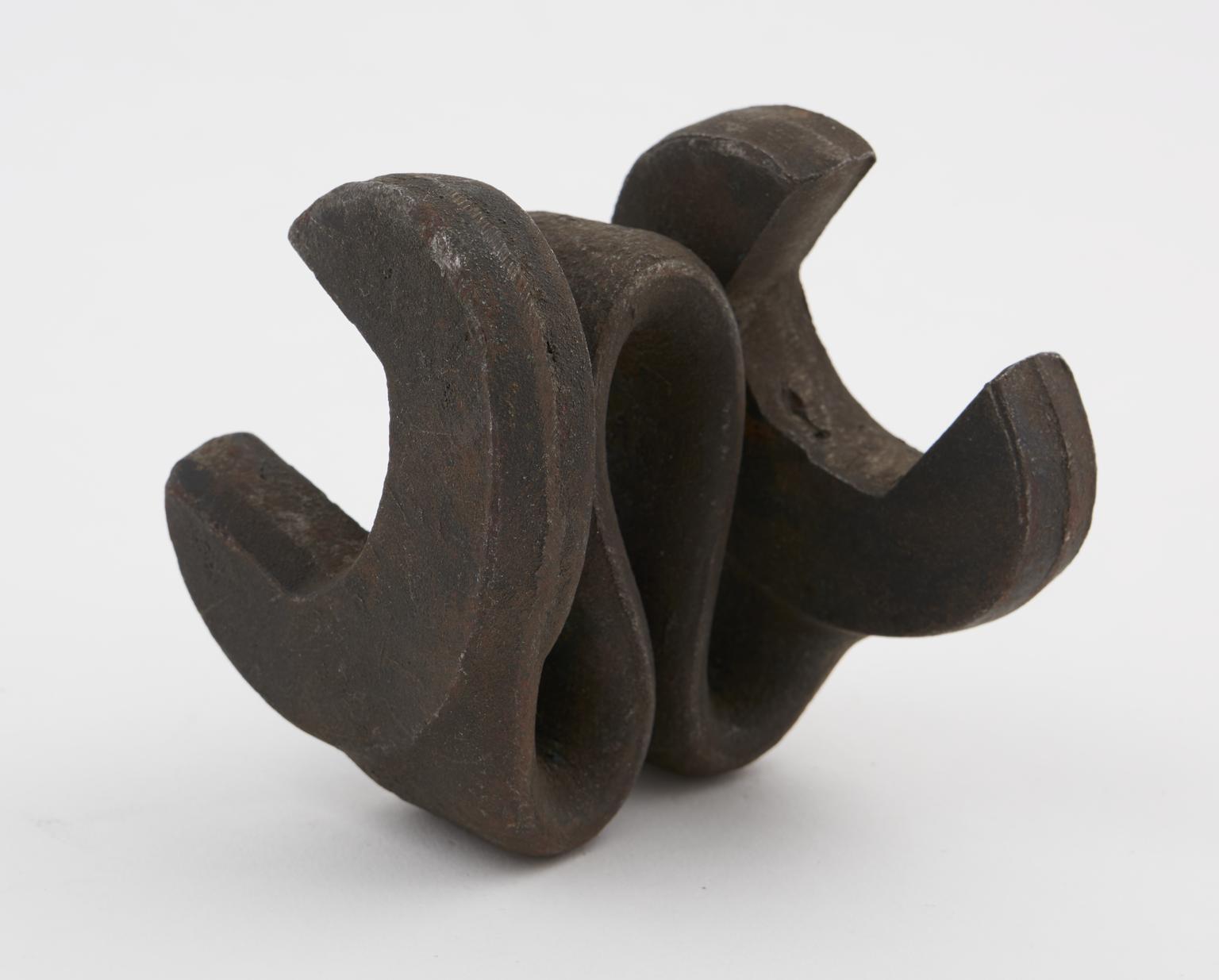Gentleness Reflection by Chris Adamson, PhD, Director of Faculty Development
Gentleness: Moderating our anger with kindness and forbearance, neither too firm and vengeful nor weak and spineless.
“Discite a me, quia mitis sum: What does it really mean to be gentle?”
What does it mean to be gentle? Maybe you’ve heard of gentle parenting, and wondered how it relates to the old triad of authoritarian, authoritative, and permissive parenting. Maybe you look back to recent educational movements emphasizing kindness and relationship, valuing mattering over ranking and compassion over suspicion in classroom environments, and thought perhaps that’s it. Gentleness means being kind and compassionate, right?
That could be a good start. Br. Agathon defines gentleness as “a virtue which inspires us with goodness, sensitivity, and tenderness.” He even relates that tenderness to the tenderness of parents and goes on to poignantly propose that “love wins love.” But that’s not all of it. It’s not just patience and forbearance, and it definitely cannot be reduced to
kindness. At its heart, to be a gentle teacher is to emulate the Christ who said “learn of me for I am gentle and humble of heart.” This is the Jesus who welcomed children and referred to his apostles as friends in a countercultural move. But this is the same Christ who, in my favorite translation of Mark, turns to his puzzled disciples and deadpans “then you too are stupid.”
Now don’t say that to your students. You’re not Jesus. But you can be like him by responding to your students with sensitivity and tenderness and, as Br. Agathon encourages us, calling them to discipline and virtue while gently pointing out mistakes and defects.
Here’s my anachronistic way of thinking about it. The Latin word that we often think about as gentle or mild, mitis, was later used to describe a certain kind of iron casting in the nineteenth century. It seems that if you mix iron with aluminum, you then have a mitis iron casting. Like other malleable iron castings, mitis can be bent and shaped, but it’s still iron. Likewise, a gentle teacher can be flexible, but firm, always calling students, in a loving way, to the higher truths of the discipline and a love for learning.
Image Credit: “Wrought iron, Mitis’ wrought-iron castings. Made by Nordenfelt, Thorsten Wilhelm in Sweden, 1889” is released under a CC BY-NC-SA 4.0 license by the Board of Trustees of the Science Museum


